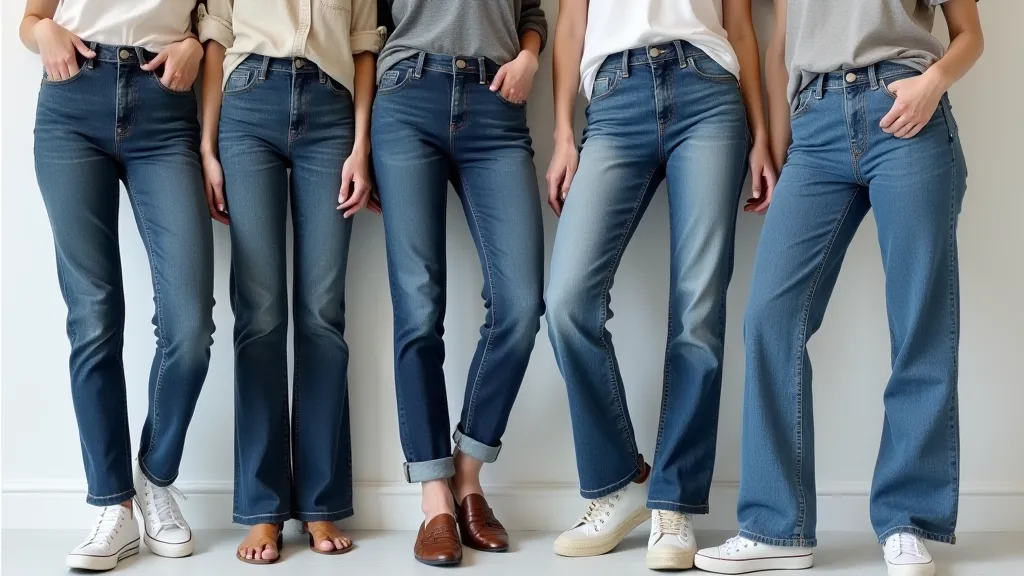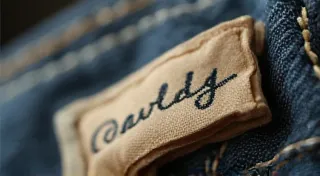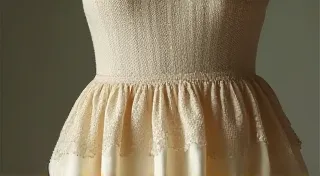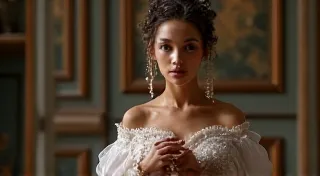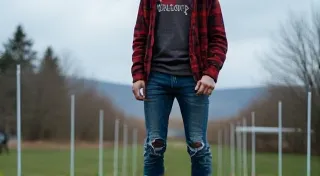A Brief History of Denim: From Workwear to High Fashion
Denim. The word evokes images of rugged individualism, rebellious style, and timeless cool. But how did this durable fabric, originally designed for manual laborers, become a global fashion phenomenon? Let's take a brief journey through the fascinating history of denim.
The Origins: Workwear in the 19th Century
The story begins in the mid-19th century. Levi Strauss, a German immigrant, arrived in San Francisco during the Gold Rush. Recognizing a need for sturdy work pants for miners, he partnered with Jacob Davis, a tailor, who had developed a technique to reinforce work pants with rivets at stress points. In 1873, they patented their innovative design – what we now recognize as jeans. These early jeans were made from a twill weave cotton fabric, initially dyed indigo blue (though other colors were sometimes used). They were tough, durable, and perfect for the demanding work of gold mining and ranching.
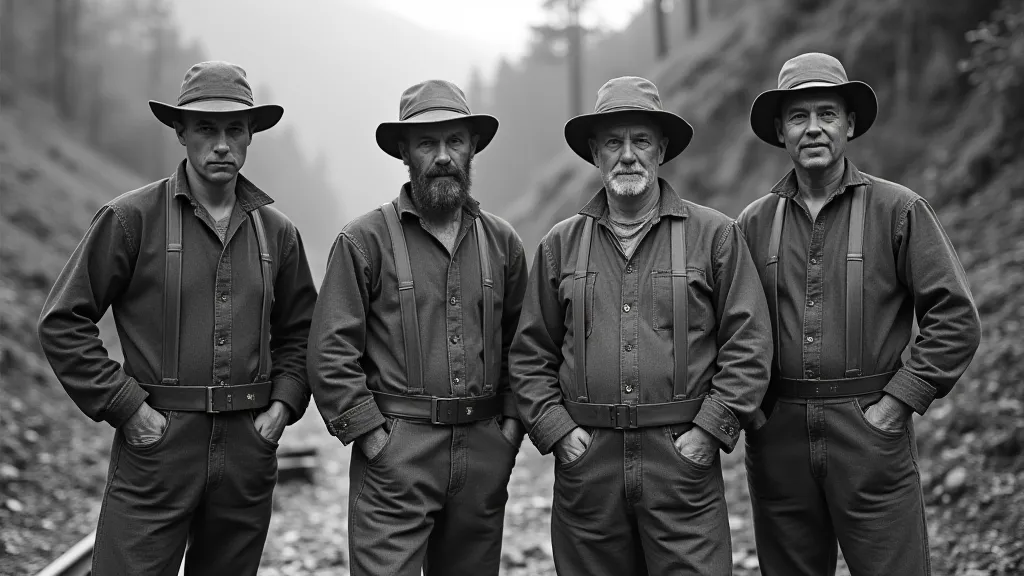
Early 20th Century: Functionality and Limited Appeal
Throughout the early 20th century, denim remained primarily workwear. While it gained some popularity amongst cowboys and farmers, it was generally considered a practical, but far from fashionable, garment. Denim was seen as a sign of working-class status and was often discouraged in more formal settings.
The 1950s: Rebellious Youth and the Rise of Cool
The 1950s marked a pivotal moment in denim’s evolution. Hollywood icons like James Dean and Marlon Brando, known for their rebellious personas, started wearing jeans both on and off-screen. This association with youthful defiance and counter-culture instantly transformed denim's image. Suddenly, wearing jeans became a statement—a way to express individuality and challenge societal norms. The rise of rock and roll further cemented denim’s place in youth culture.
The 1960s & 1970s: A Decade of Change and Experimentation
The 1960s and 70s saw continued experimentation with denim. Bell-bottoms, patches, embroidery, and even tie-dye became common embellishments. Denim became a canvas for self-expression, mirroring the social and political changes happening around the world. The concept of distressed denim – jeans with intentional rips and wear – began to emerge, signaling a move away from pristine perfection and embracing a more lived-in aesthetic.

The 1980s & 1990s: Designer Denim and Mainstream Acceptance
The 1980s saw the rise of designer denim. Brands began creating premium jeans with higher price tags and intricate washes. The 1990s continued this trend, with grunge and hip-hop cultures further solidifying denim's place in mainstream fashion. The "slim fit" style became popular, and denim was incorporated into diverse looks, from casual to more polished ensembles.
Denim Today: A Timeless Staple
Today, denim is a truly global phenomenon. It’s more than just a fabric; it’s a symbol of versatility, durability, and personal style. From vintage Levi's to sustainable denim brands, the choices are endless. The history of denim is a testament to how a simple workwear garment can transform into a beloved fashion staple, continually reinventing itself with each passing decade.
